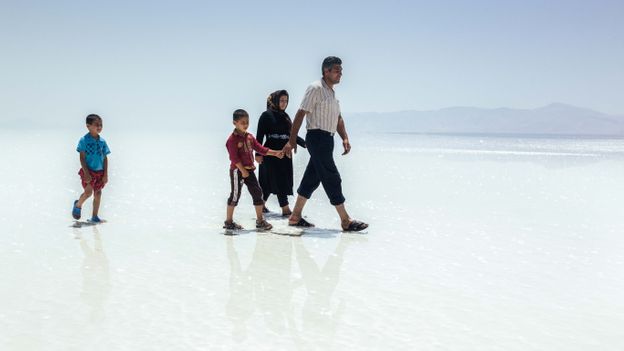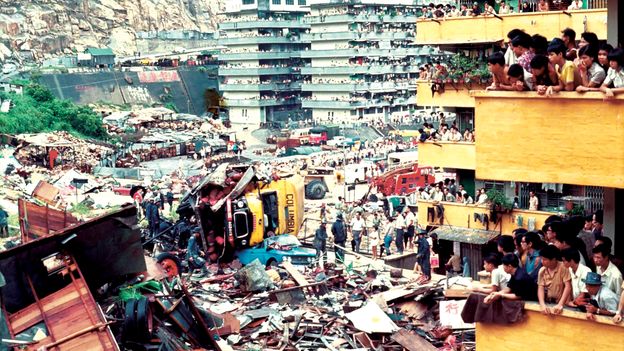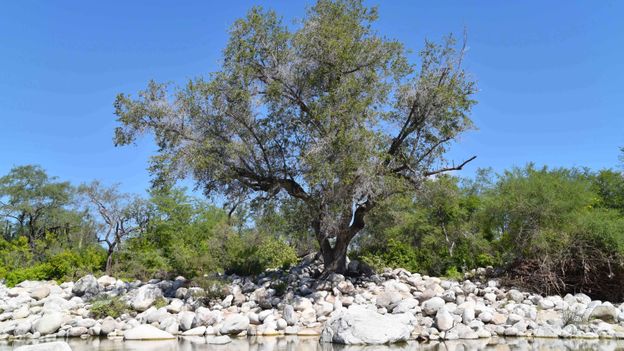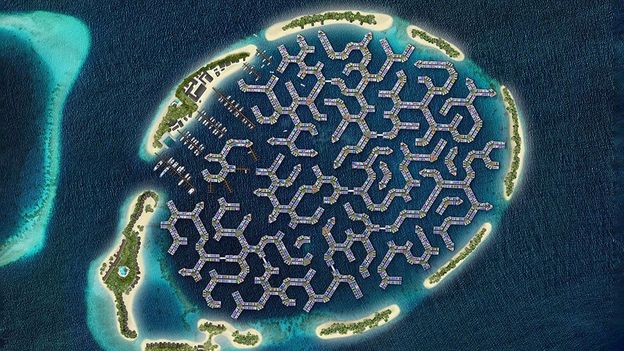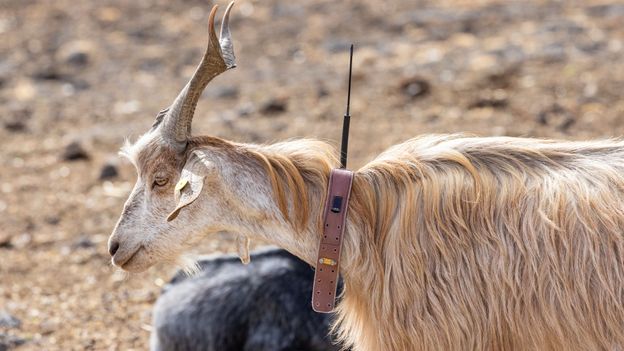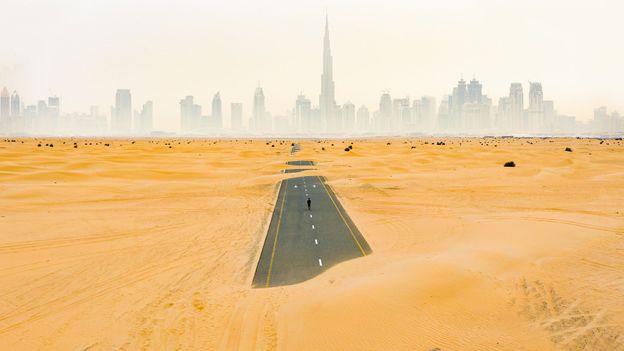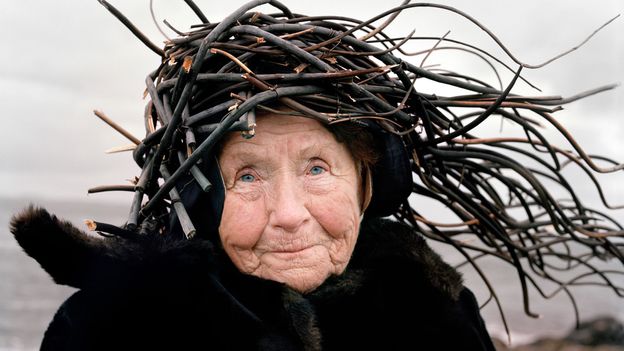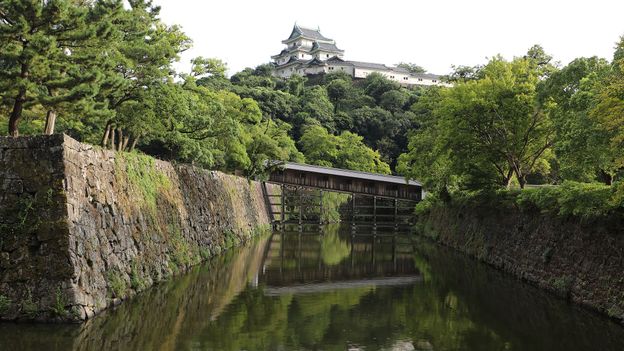Lake Urmia’s tourism industry collapsed, accelerated by that deteriorating air quality. Who, after all, wants to holiday with no lake and foul air? In 2008, Solmaz Daryani’s family shut down their guesthouse, which at that point was hosting no one beyond her grandfather’s friends. The town’s 40 other hotels soon closed their doors as well.
Protesters took to the streets around the lake in 2011, chanting “Urmia is dying” and that the parliament had “ordered its execution”. Security services arrested scores of them in a grim foretaste of the difficulties to come for environmentalists.
The return of water
Yet, with lake reduced to a sorry remnant, it finally caught something of a break in 2013. Intent on resolving what some saw as a national embarrassment – or keen to win votes, depending on who you talk to – Hassan Rouhani pledged to restore the lake during his run for the presidency. After his victory, the restoration got going.
Much of the plan has centred on reforming local agriculture, which consumes about 85% of Urmia’s water, according to the UNDP. By weaning farmers off the thirstiest produce, such as watermelons, officials hope to reduce usage without denting Iran’s food security. And by reworking irrigation practices – notably by watering at night when the water has more chance to sink into the ground – they envisage both healthier and less thirsty crops.
Early results back that up. Around 2000, Mehdi Mirzaie, a former water expert on the government’s Planning and Budget Organisation, co-led a Dutch pilot project that he says delivered a 50% increase in production for villagers while using 30% less water, simply by altering their growing patterns. “It’s about changing the culture of the people,” he says. “If we can change that, it doesn’t matter what the attitude of the government is.”
Convincing farmers of the merits of these reforms is crucial to the lake’s future, and a priority for those spearheading the restoration. “If you give people the wrong impression, they will feel that that their lives are in competition with the restoration of the lake,” says Mohsen Soleymani Roozbahani, a former senior environment official and now an analyst at the UN Development Programme, which is providing technical support to the government’s restoration effort. “It’s a matter of trust-building.” By taking this approach, Roozbahani and his colleagues are confident that they can meet their target of a 40% drop in water consumption.
The department of environment, one of several Iranian government bodies involved in the lake restoration, did not respond to requests for comment.

